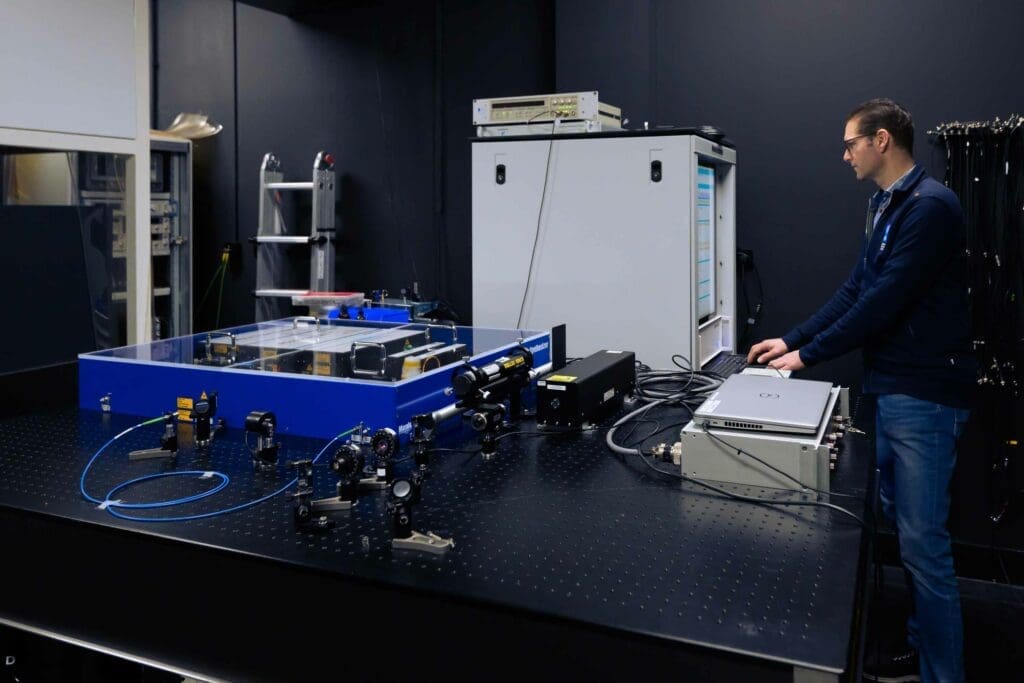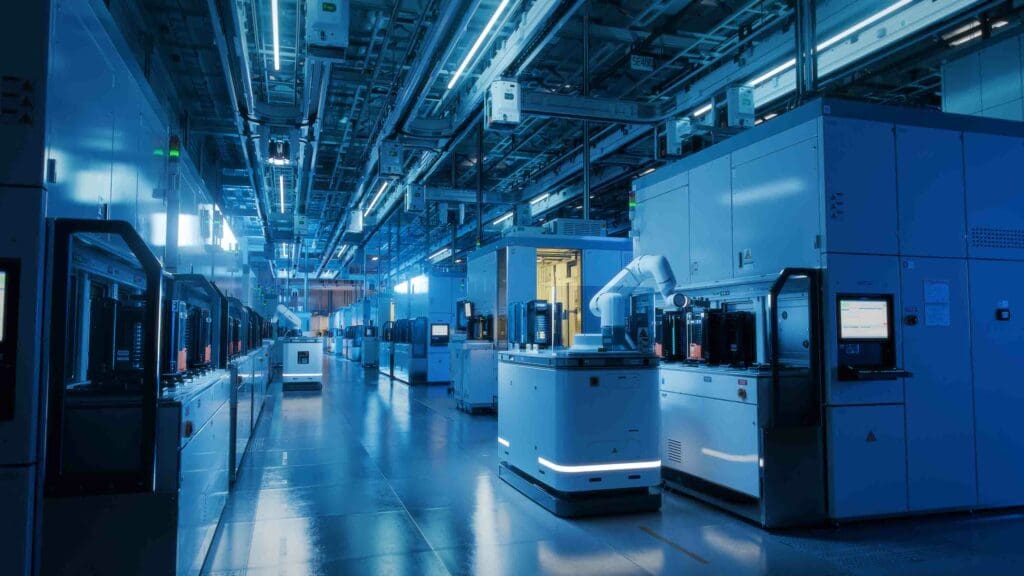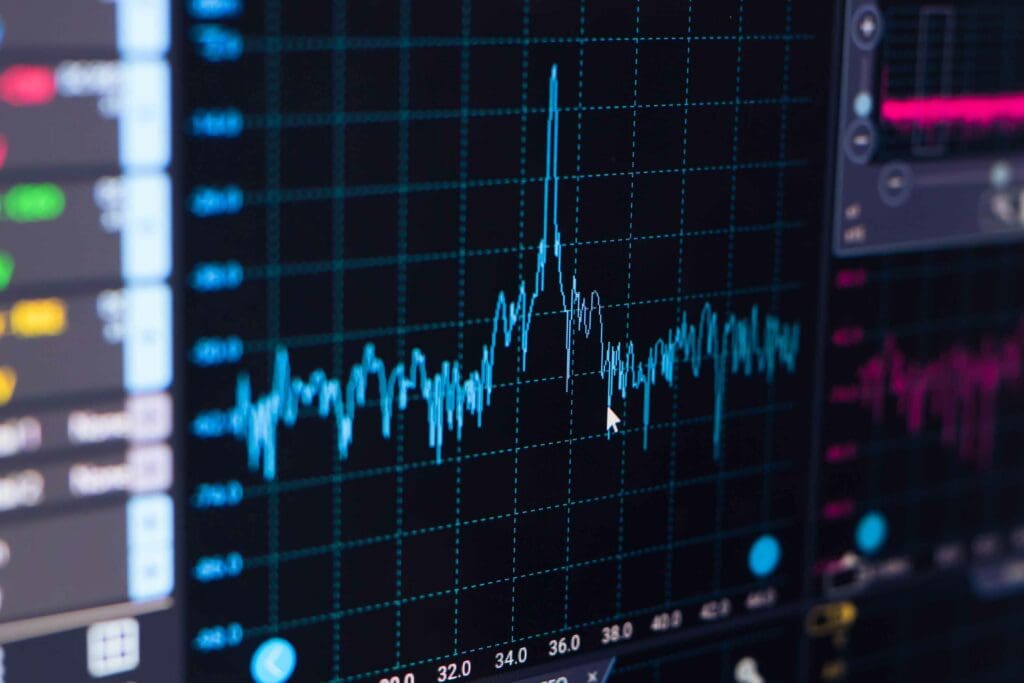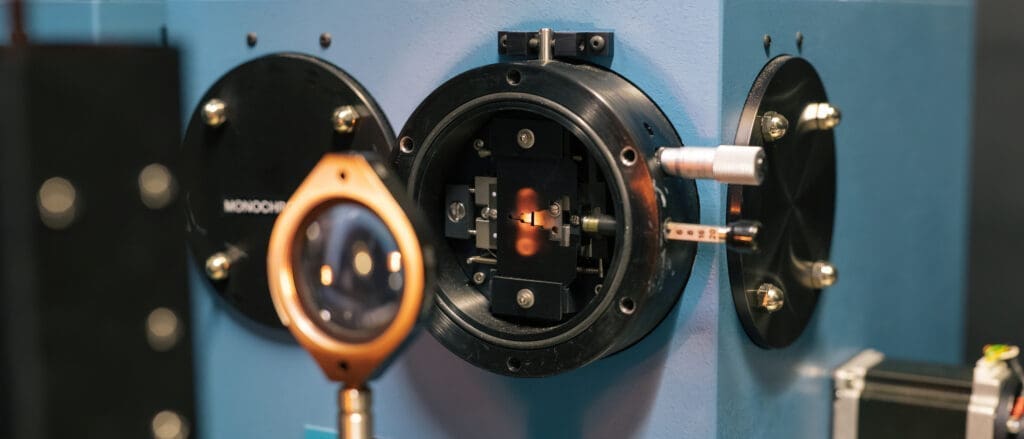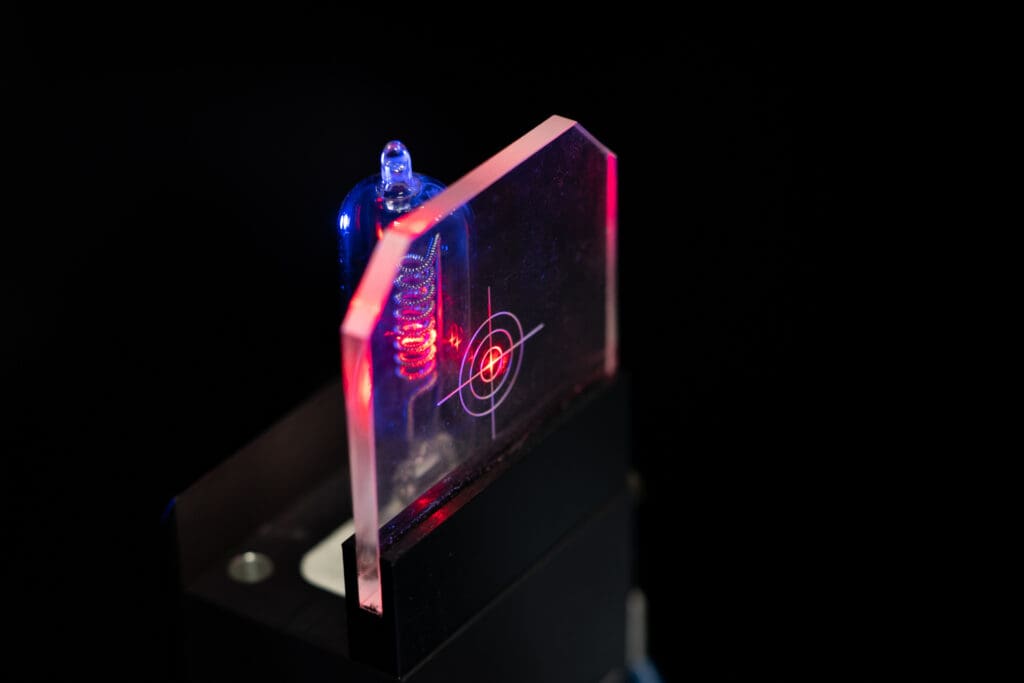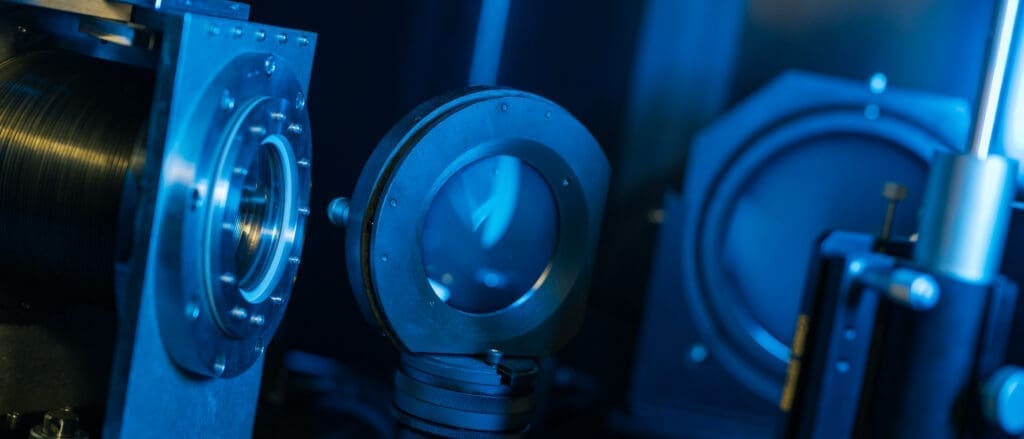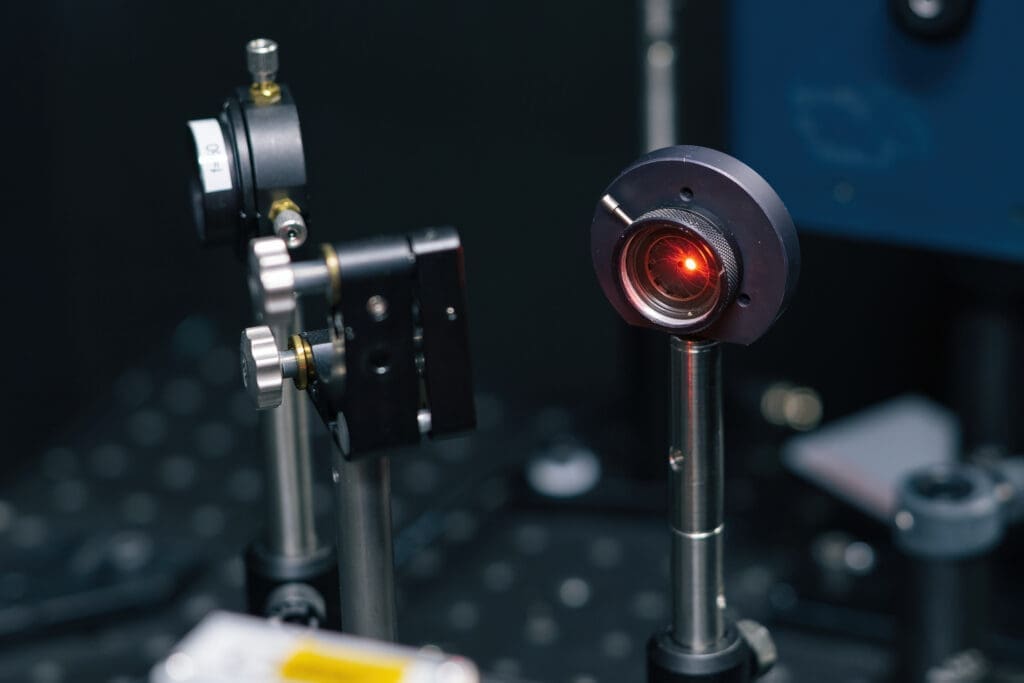EMPIR 18HLT01 Metves II
Standardisation of concentration measurements of extracellular vesicles for medical diagnoses (METVES II)
Projects
EMPIR 18HLT01 Metves II
Extracellular vesicles (EVs) are cell-derived particles present in body fluids, and EVs have excellent potential as next-generation biomarkers for early diagnosis of common diseases, such as cancer and thrombosis. This project aims to tap the clinical potential of EVs by developing traceable measurements of number concentration, size distribution, refractive index and fluorescence intensity of cell-specific EVs in human blood and urine. The project will develop synthetic reference materials with physical properties resembling EVs, ready-to-use biological test samples, and instrumentation and procedures to standardise EV measurements in clinical laboratories, which will be evaluated in an inter-laboratory comparison study.
Start date: June 1, 2019
End date: June 1, 2022
Please visit metves.eu for more information.

Would you like to know more about this project?
Our experts are happy to help.
Martine Kuiper
Assistent io Length & Optics
Projects
Our expertise in practice
Read more about our projects
